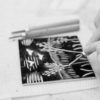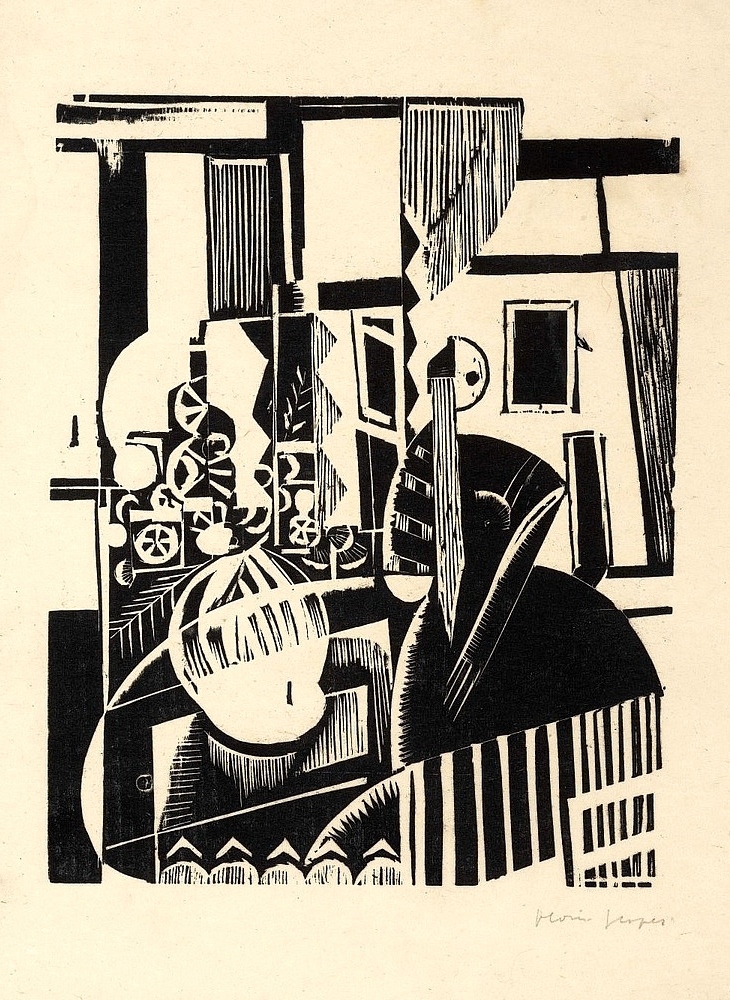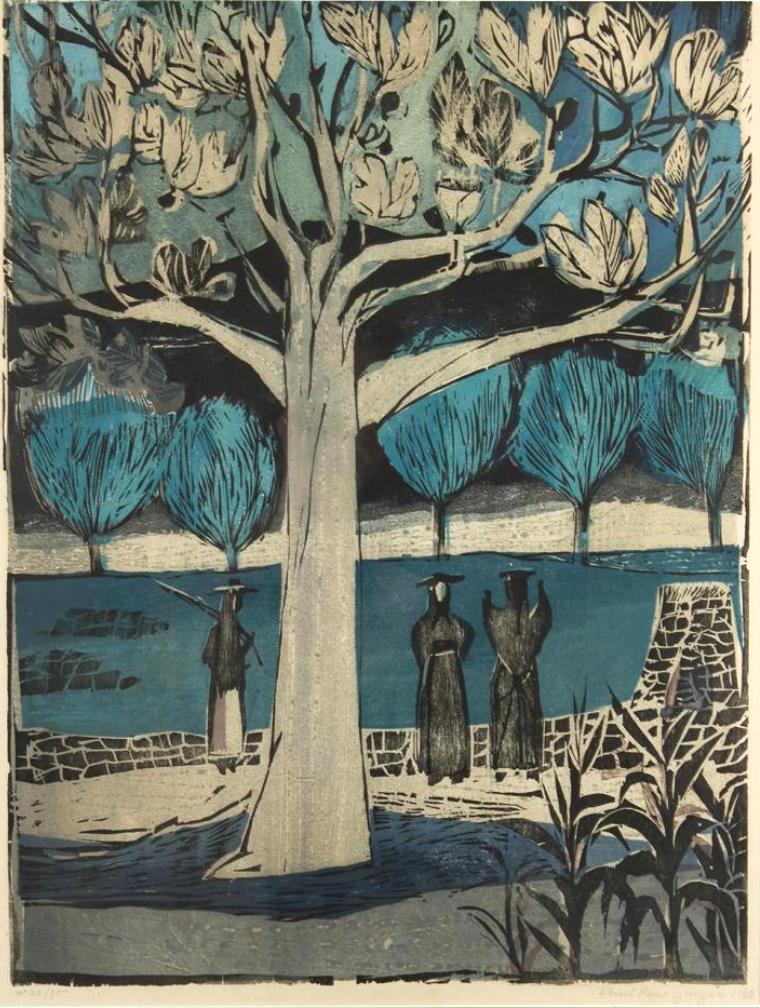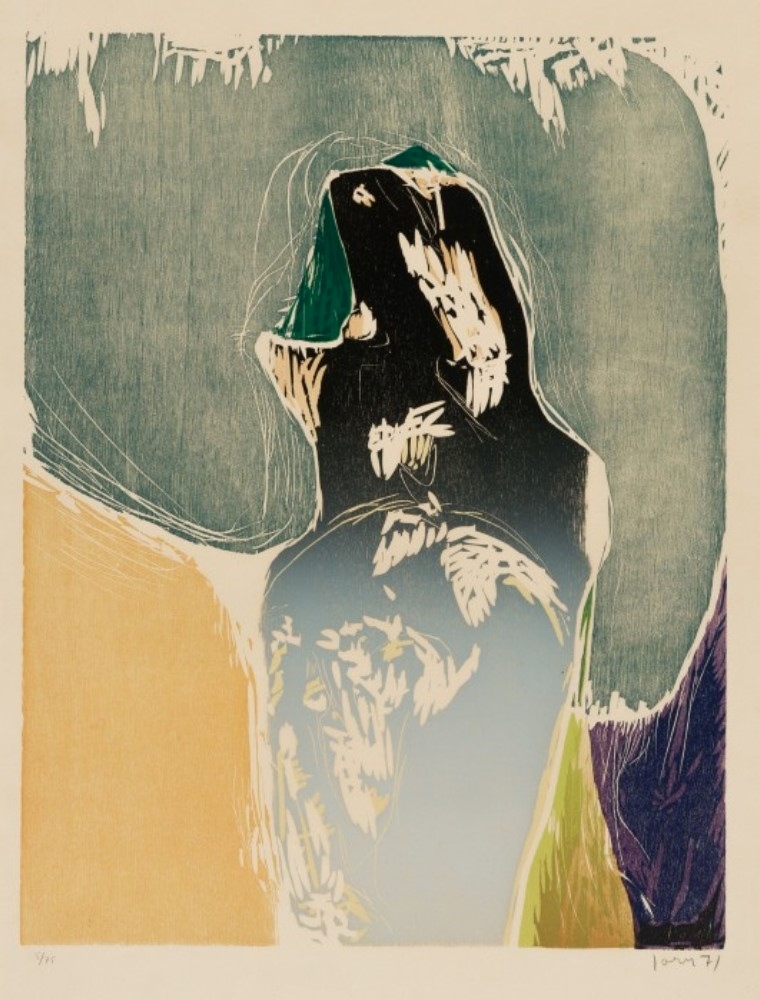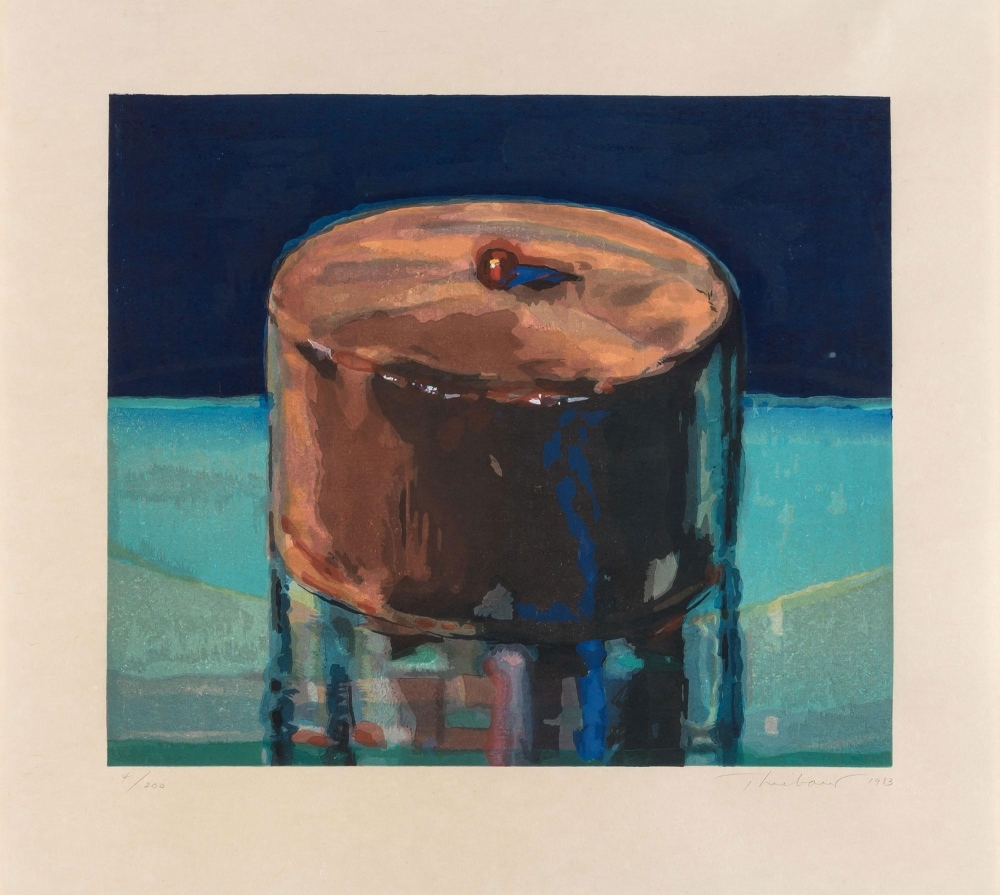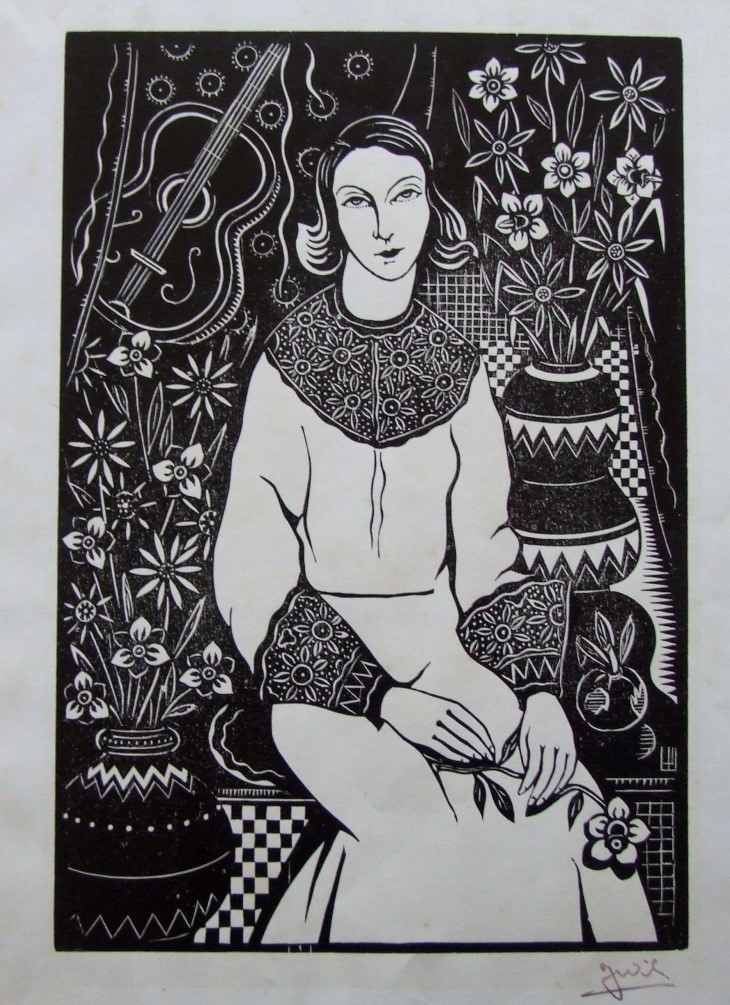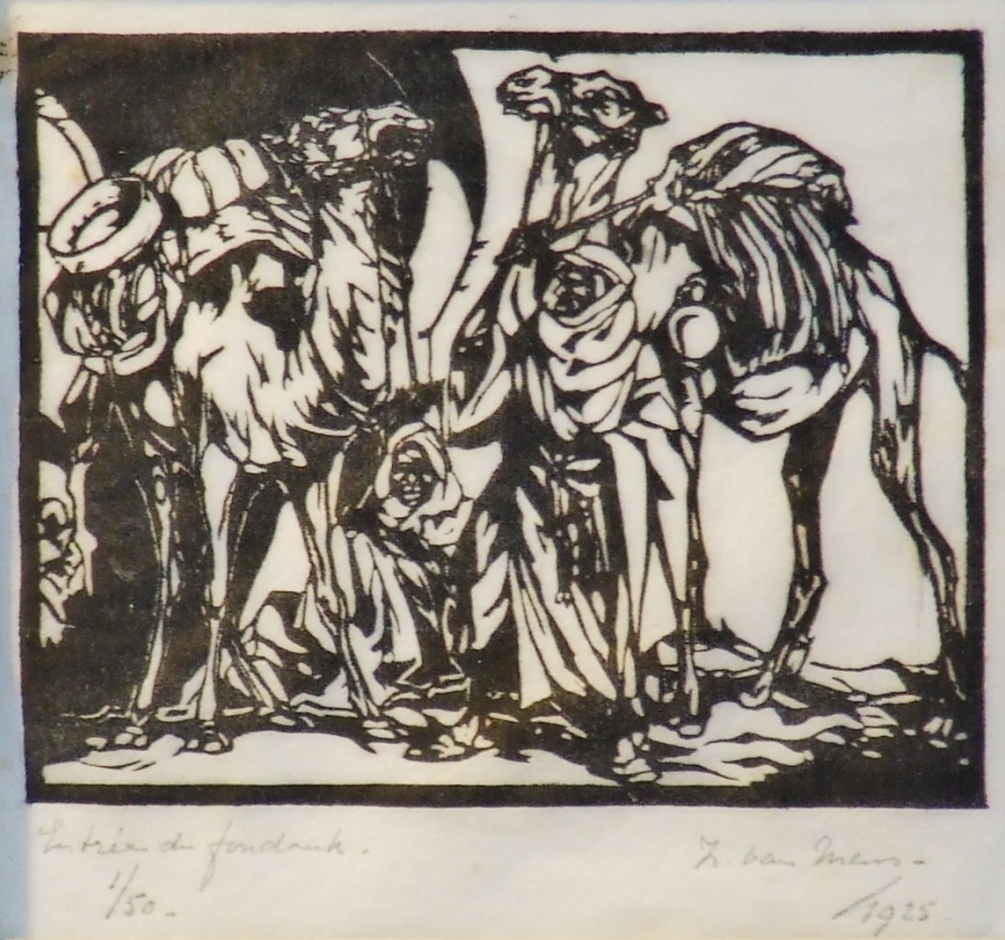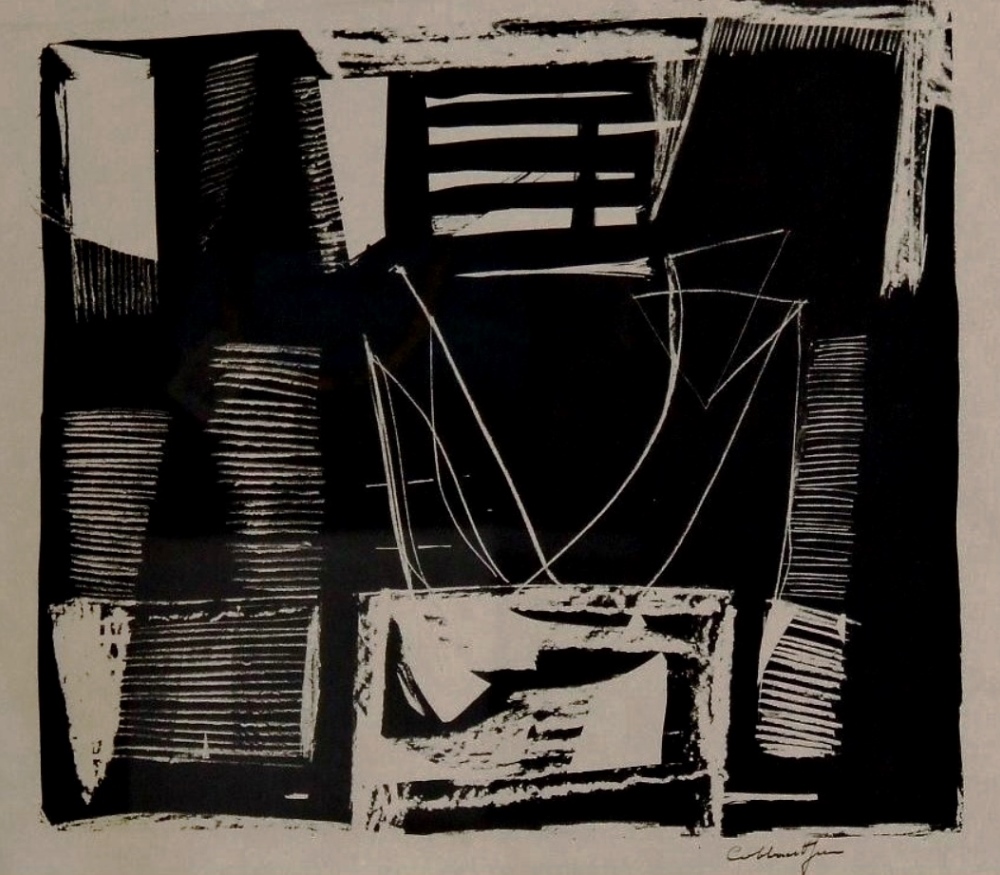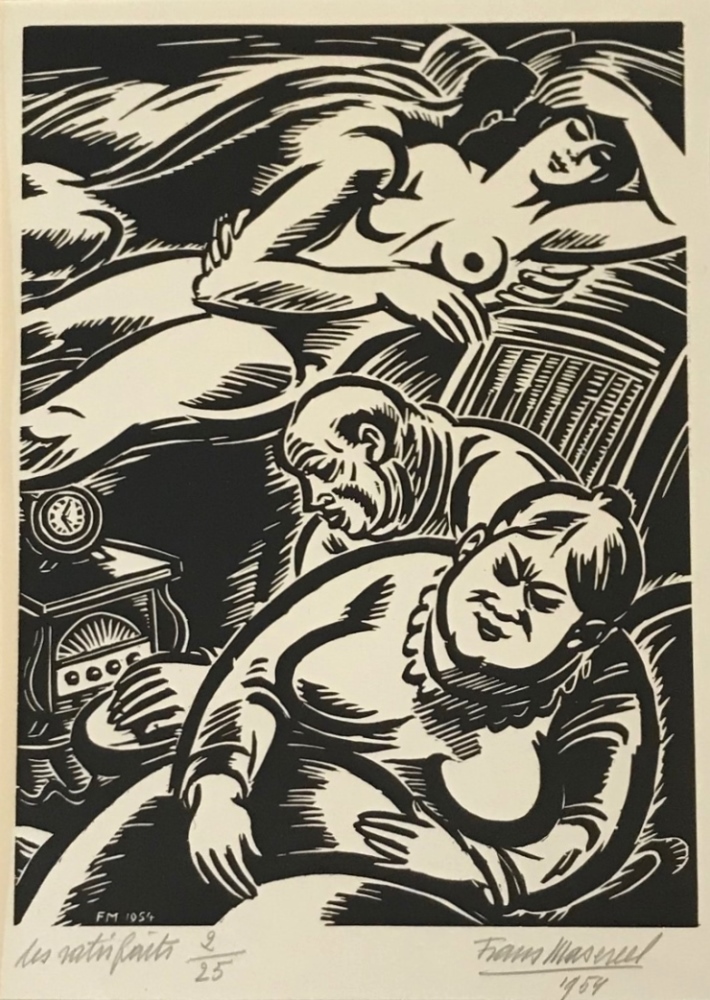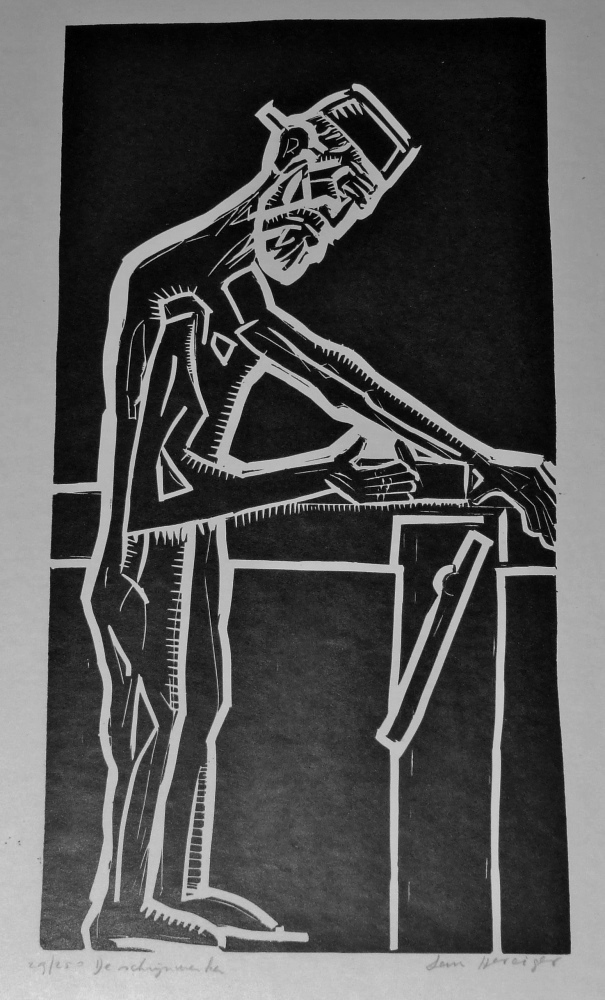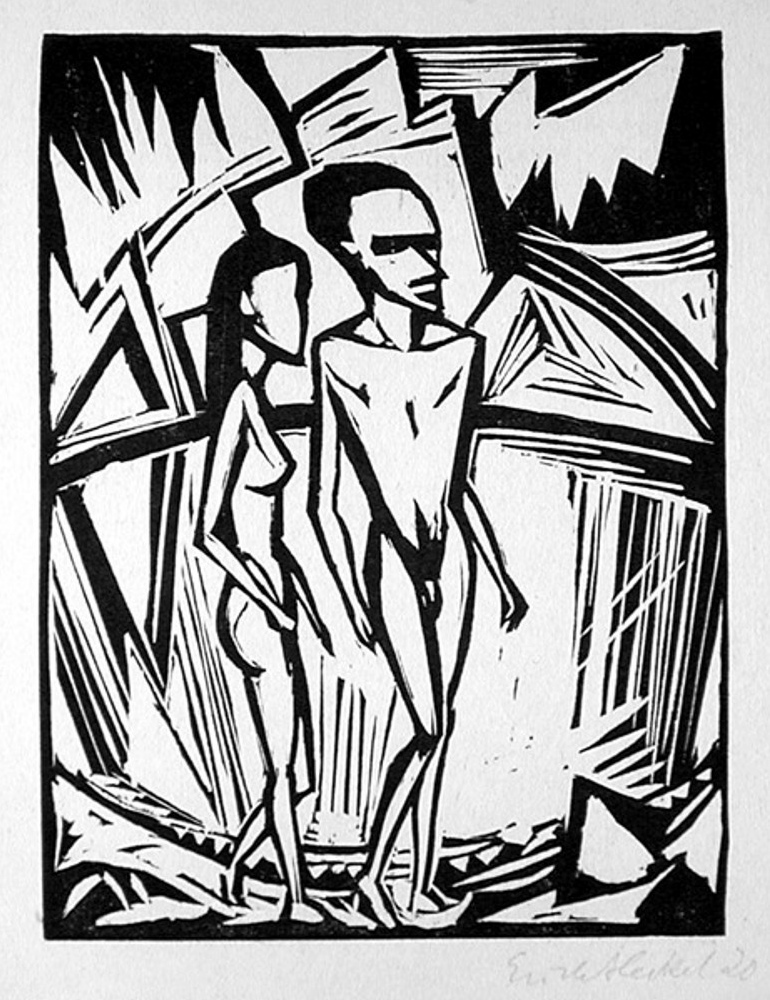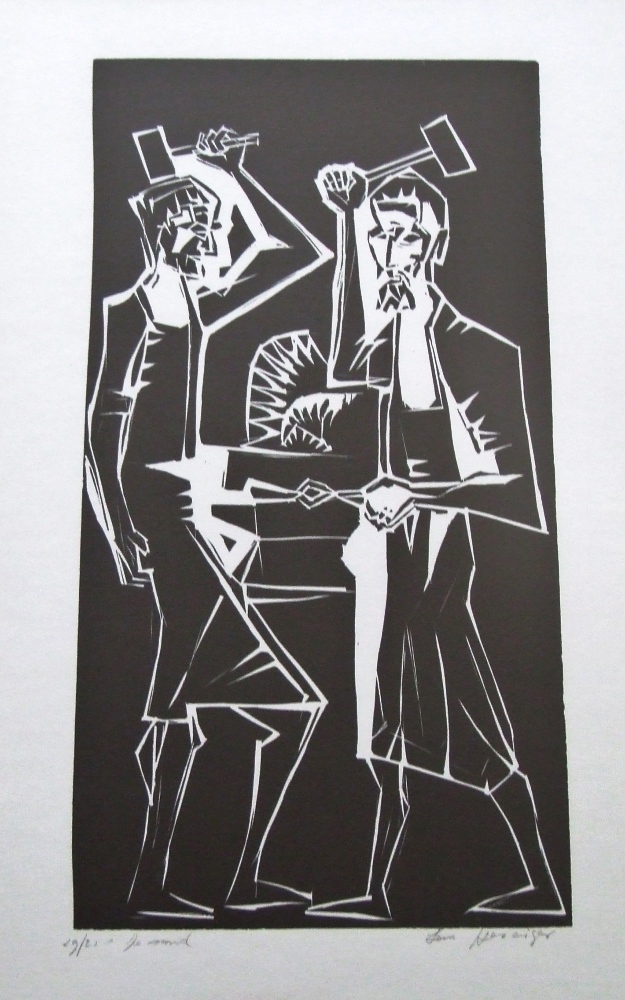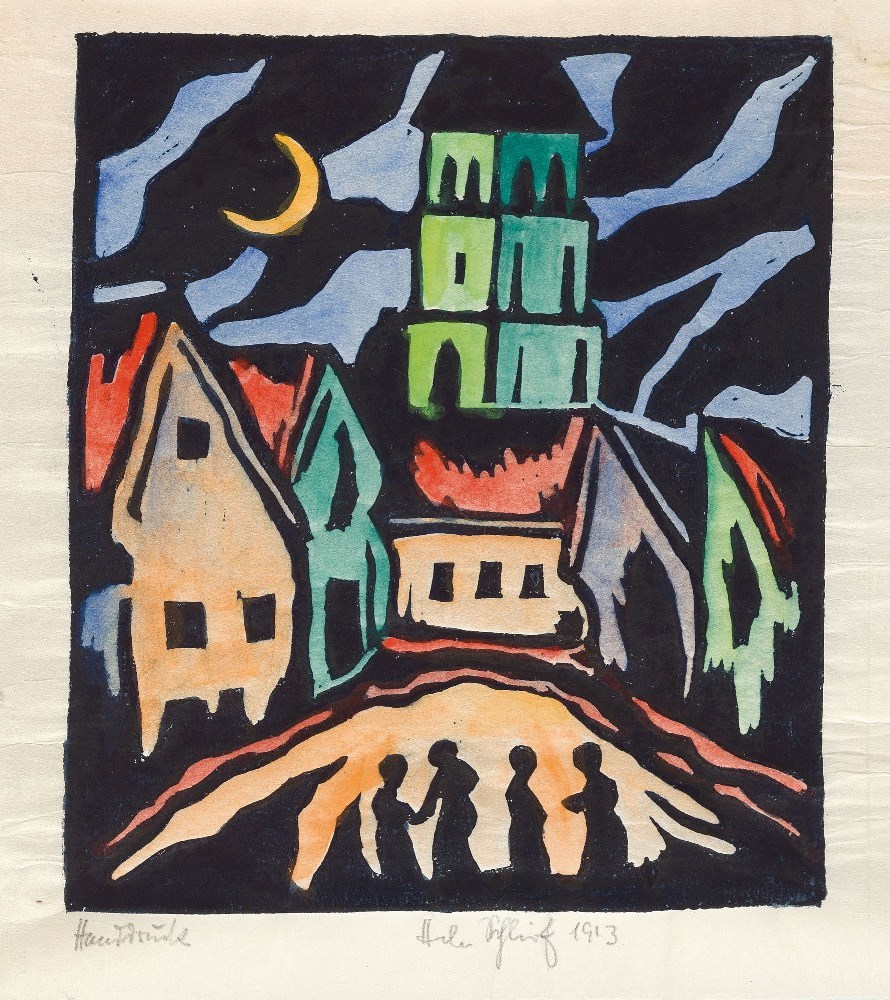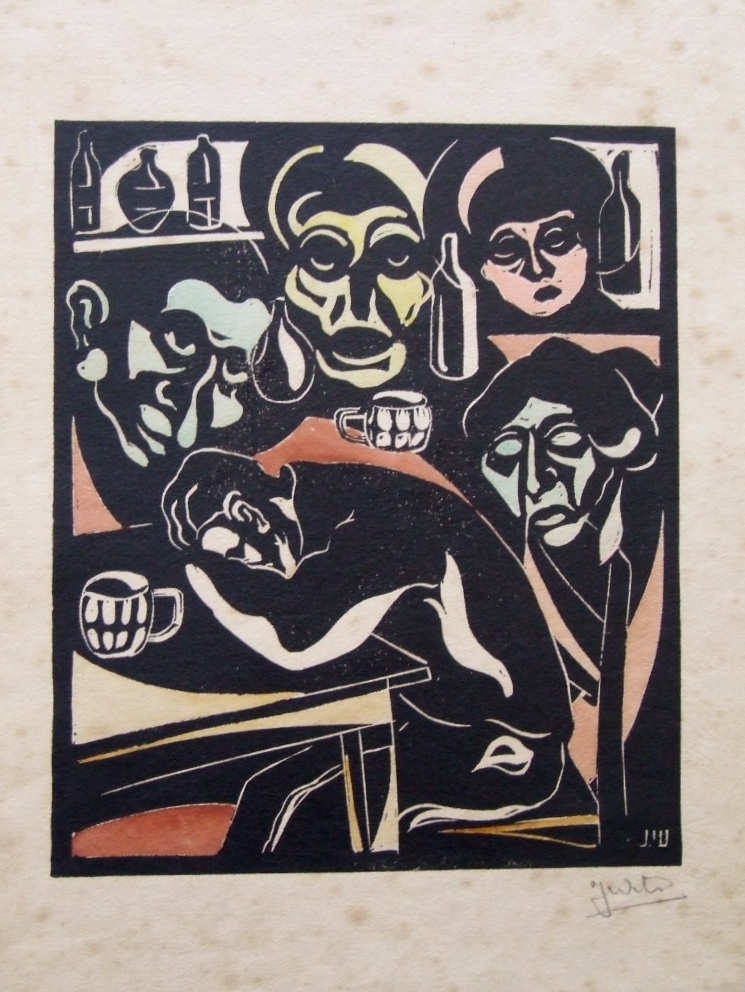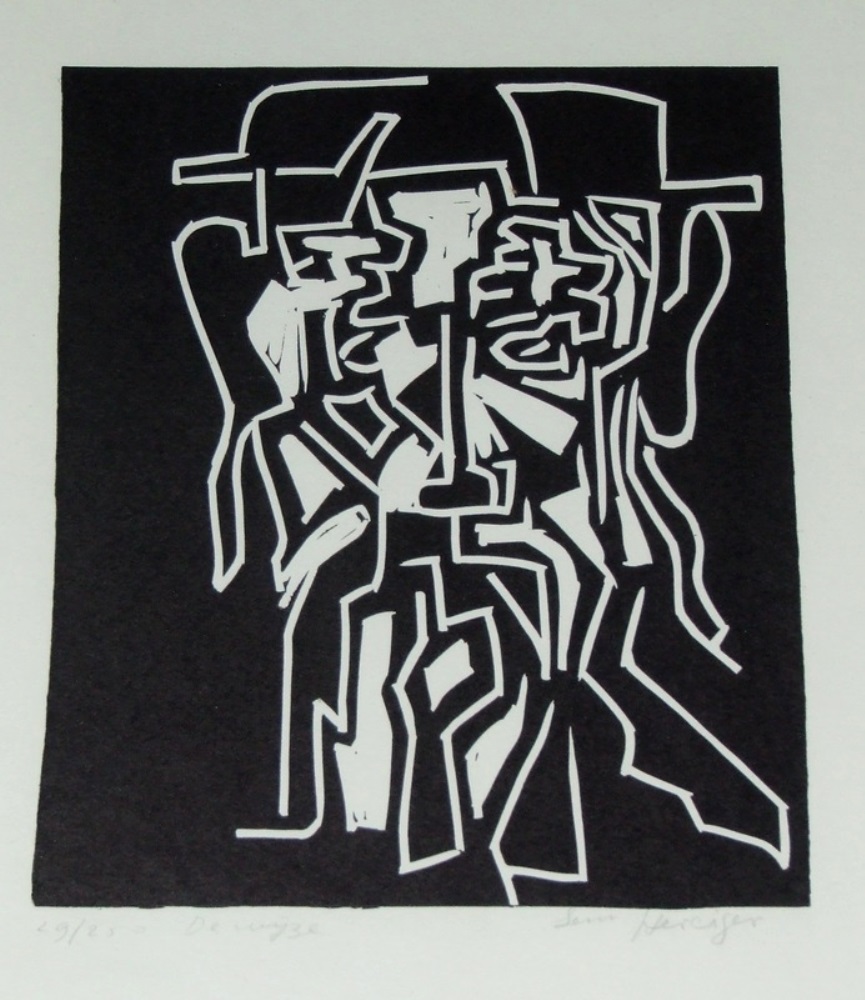Relief Printing
Relief printing is a family of printing methods where a printing block, plate or matrix that has had ink applied to its surface, but not to any recessed areas, is brought into contact with paper.
The areas of the printing plate with ink will leave ink on the paper, whereas the recessed areas of the printing plate will leave the paper ink-free. A printing press may not be needed, as the back of the paper can be rubbed or pressed by hand with a simple tool such as a brayer or roller.
In many historical processes, the matrix in relief printing is created by starting with a flat original surface and then removing; by carving, away areas intended to print white. The remaining areas of the original surface receive the ink.
Linocut
Linocut is a printmaking technique, a variant of woodcut in which a sheet of linoleum, sometimes mounted on a wooden block, is used for a relief surface. A design is cut into the linoleum surface with a sharp knife, V-shaped chisel or gouge, with the raised, uncarved areas representing a reversal or mirror image of the parts to show printed.
The linoleum sheet is inked with a roller, called a brayer, and then impressed onto paper or fabric. The actual printing can be done by hand or with a printing press.
White Line Woodcut.
This is a technique developed in America that allows a color woodcut print to be produced from a single block. The outline of the design is cut away (so that it will not print) and the desired colors are painted on the block, always separated by the cut-away outline. When printed, the image shows a white line delimiting each area of color.
Chiaroscuro Woodcuts
Chiaroscuro Woodcuts involve the use of several blocks, often one for each color to be used and sometimes one to outline the composition of the image. The print is made by printing a sheet of paper with each of the blocks in turn, using some method of registration to avoid misplacement or overlapping. Where a non-printing area has been cut out of all the blocks, the natural white of the paper shows through in the finished print, giving the reason for the name Chiaroscuro (Light-Dark). Usually no more than three or four locks are used and the purpose of the technique is to imitate the appearance of a wash drawing, not to attempt to capture reality.
